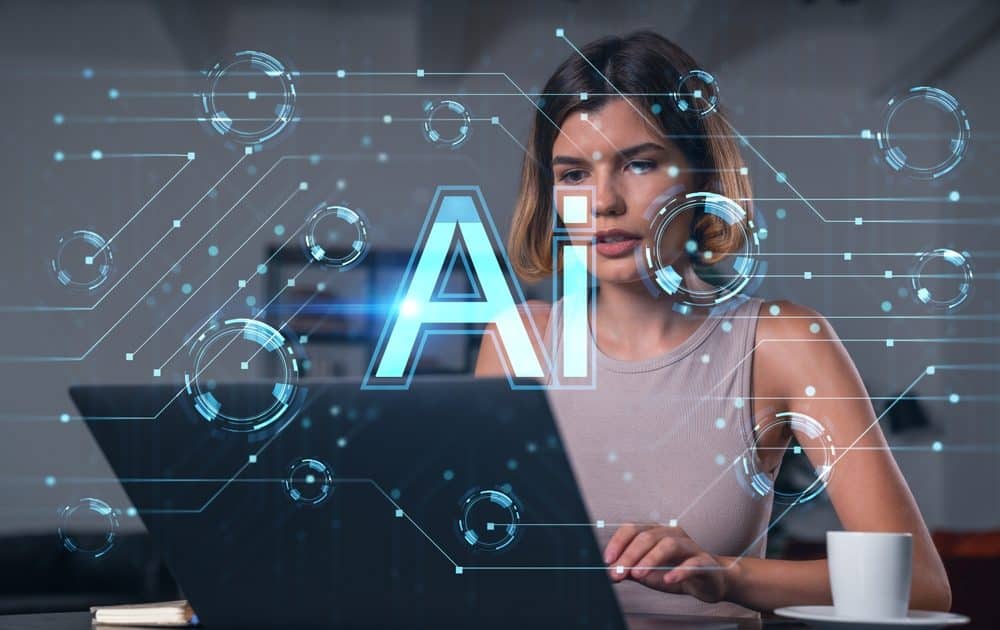Retraining Workers for an AI World

In the face of technological advancement, the world of work is transforming at an unprecedented pace. Artificial Intelligence (AI) is no longer a futuristic concept; it is here, reshaping industries, workflows, and job descriptions. As AI becomes more ingrained in our daily lives, the need to retrain workers for this new reality has never been more pressing. This transformation is not just about keeping up with technology but about embracing a mindset of continuous learning and adaptability.
The Imperative for Retraining
AI’s impact on the workforce is multifaceted. It automates routine tasks, augments human capabilities, and creates new opportunities that we couldn’t have imagined a few years ago. However, this shift also means that some jobs will become obsolete, while others will require a new set of skills. The challenge is not about fighting the change but navigating it effectively.
As Erik Brynjolfsson, Director of the MIT Initiative on the Digital Economy, asserts, “AI is not simply a matter of having machines do what people used to do. It’s a matter of reinventing work itself.”
Retraining is not merely an option; it is an imperative. Companies that invest in the continuous development of their workforce are not just preparing for the future—they are building it. This proactive approach can mitigate the risks of job displacement and unlock new avenues for growth and innovation.
Cultivating a Growth Mindset
The first step in retraining workers for an AI-driven world is fostering a growth mindset. This mindset is the belief that abilities and intelligence can be developed through dedication and hard work. It is the foundation for embracing new challenges and persevering in the face of setbacks.
Carol Dweck, a renowned psychologist, explains, “The view you adopt for yourself profoundly affects the way you lead your life.” Encouraging a growth mindset is crucial for adapting to technological changes.
Employees should be encouraged to view AI not as a threat but as a tool that can enhance their roles. This perspective shift can be achieved through transparent communication about the benefits of AI, coupled with real-world examples of how AI can make work more efficient and rewarding.
Identifying the Skills of the Future
What skills will be in demand in an AI-powered world? While technical skills related to AI, such as machine learning, data analysis, and programming, are crucial, they are not the only skills needed. Soft skills, such as critical thinking, creativity, emotional intelligence, and adaptability, will become even more valuable. These skills enable workers to collaborate effectively with AI technologies and leverage them to solve complex problems.
As Satya Nadella, CEO of Microsoft, states, “The ability to learn is the most important quality a leader can have.” This sentiment underscores the importance of continuous skill development.
Organizations should conduct thorough assessments to identify skill gaps and create tailored training programs. This approach ensures that employees acquire both the technical and soft skills needed to thrive in their evolving roles.
Embracing Lifelong Learning
Lifelong learning should be the cornerstone of any retraining strategy. The rapid pace of technological change means that static skill sets quickly become obsolete. Continuous learning ensures that workers remain agile and capable of adapting to new tools and processes as they emerge.
Jeff Weiner, Executive Chairman of LinkedIn, emphasizes, “One of the most important things we can do is to teach people how to learn.” This highlights the necessity of fostering a culture that values ongoing education.
To foster a culture of lifelong learning, companies can offer various educational opportunities, such as online courses, workshops, and certifications. Encouraging employees to take ownership of their professional development and providing them with the resources to do so can create a more resilient and innovative workforce.
Leveraging Technology for Training
Ironically, the same technologies driving the need for retraining can also facilitate it. AI and machine learning can be leveraged to create personalized learning experiences. These technologies can analyze individual learning patterns and tailor training programs to suit each employee’s needs, making the learning process more efficient and effective.
Virtual reality (VR) and augmented reality (AR) can also play a significant role in training. These immersive technologies can simulate real-world scenarios, allowing employees to practice new skills in a risk-free environment. This hands-on approach can accelerate learning and improve retention.
As Andrew Ng, a leading AI expert, points out, “Just as electricity transformed almost everything 100 years ago, today I actually have a hard time thinking of an industry that I don’t think AI will transform in the next several years.” This transformation includes the way we train and educate our workforce.
The Role of Leadership
Leadership plays a crucial role in the successful retraining of workers. Leaders must be champions of change, demonstrating a commitment to continuous learning and adaptability. They should lead by example, participating in training programs and encouraging their teams to do the same.
Effective communication is also key. Leaders should articulate a clear vision for how AI will integrate into the organization and the benefits it will bring. By fostering a positive and inclusive environment, leaders can alleviate fears and resistance to change, making the transition smoother for everyone involved.
Tim Cook, CEO of Apple, says, “The most important thing is, you need to believe in your vision.” Leaders must communicate and embody this belief to inspire their teams during transitions.
The rapid advancement of AI necessitates a proactive approach to retraining the workforce. Embracing a growth mindset, identifying future skills, fostering lifelong learning, leveraging technology for training, and strong leadership are all critical components of this strategy. By committing to these principles, organizations can not only navigate the challenges posed by AI but also harness its potential to drive innovation and growth. The future of work is not just about surviving technological change; it’s about thriving in an era of continuous transformation.
—
